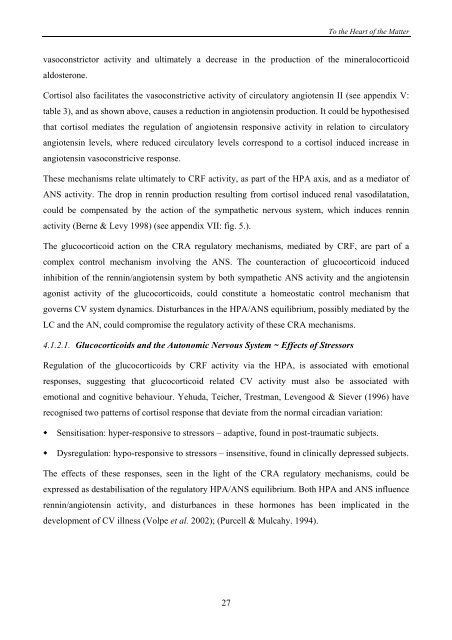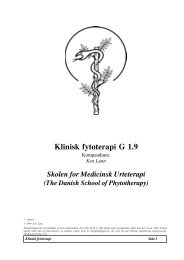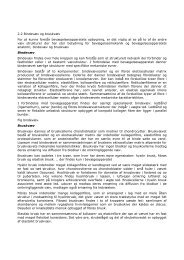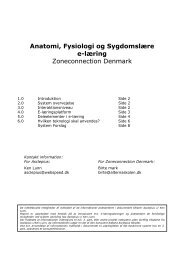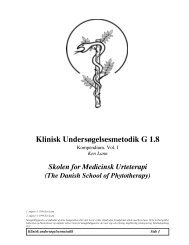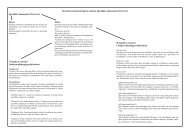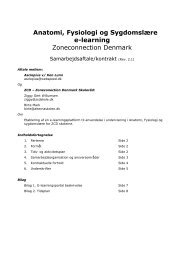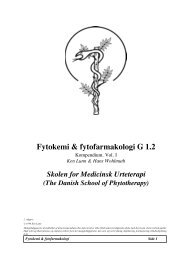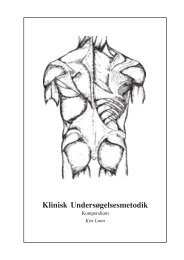PDF File - Asclepius Herbal Consultancy
PDF File - Asclepius Herbal Consultancy
PDF File - Asclepius Herbal Consultancy
You also want an ePaper? Increase the reach of your titles
YUMPU automatically turns print PDFs into web optimized ePapers that Google loves.
To the Heart of the Matter<br />
vasoconstrictor activity and ultimately a decrease in the production of the mineralocorticoid<br />
aldosterone.<br />
Cortisol also facilitates the vasoconstrictive activity of circulatory angiotensin II (see appendix V:<br />
table 3), and as shown above, causes a reduction in angiotensin production. It could be hypothesised<br />
that cortisol mediates the regulation of angiotensin responsive activity in relation to circulatory<br />
angiotensin levels, where reduced circulatory levels correspond to a cortisol induced increase in<br />
angiotensin vasoconstricive response.<br />
These mechanisms relate ultimately to CRF activity, as part of the HPA axis, and as a mediator of<br />
ANS activity. The drop in rennin production resulting from cortisol induced renal vasodilatation,<br />
could be compensated by the action of the sympathetic nervous system, which induces rennin<br />
activity (Berne & Levy 1998) (see appendix VII: fig. 5.).<br />
The glucocorticoid action on the CRA regulatory mechanisms, mediated by CRF, are part of a<br />
complex control mechanism involving the ANS. The counteraction of glucocorticoid induced<br />
inhibition of the rennin/angiotensin system by both sympathetic ANS activity and the angiotensin<br />
agonist activity of the glucocorticoids, could constitute a homeostatic control mechanism that<br />
governs CV system dynamics. Disturbances in the HPA/ANS equilibrium, possibly mediated by the<br />
LC and the AN, could compromise the regulatory activity of these CRA mechanisms.<br />
4.1.2.1. Glucocorticoids and the Autonomic Nervous System ~ Effects of Stressors<br />
Regulation of the glucocorticoids by CRF activity via the HPA, is associated with emotional<br />
responses, suggesting that glucocorticoid related CV activity must also be associated with<br />
emotional and cognitive behaviour. Yehuda, Teicher, Trestman, Levengood & Siever (1996) have<br />
recognised two patterns of cortisol response that deviate from the normal circadian variation:<br />
Sensitisation: hyper-responsive to stressors – adaptive, found in post-traumatic subjects.<br />
Dysregulation: hypo-responsive to stressors – insensitive, found in clinically depressed subjects.<br />
The effects of these responses, seen in the light of the CRA regulatory mechanisms, could be<br />
expressed as destabilisation of the regulatory HPA/ANS equilibrium. Both HPA and ANS influence<br />
rennin/angiotensin activity, and disturbances in these hormones has been implicated in the<br />
development of CV illness (Volpe et al. 2002); (Purcell & Mulcahy. 1994).<br />
27


